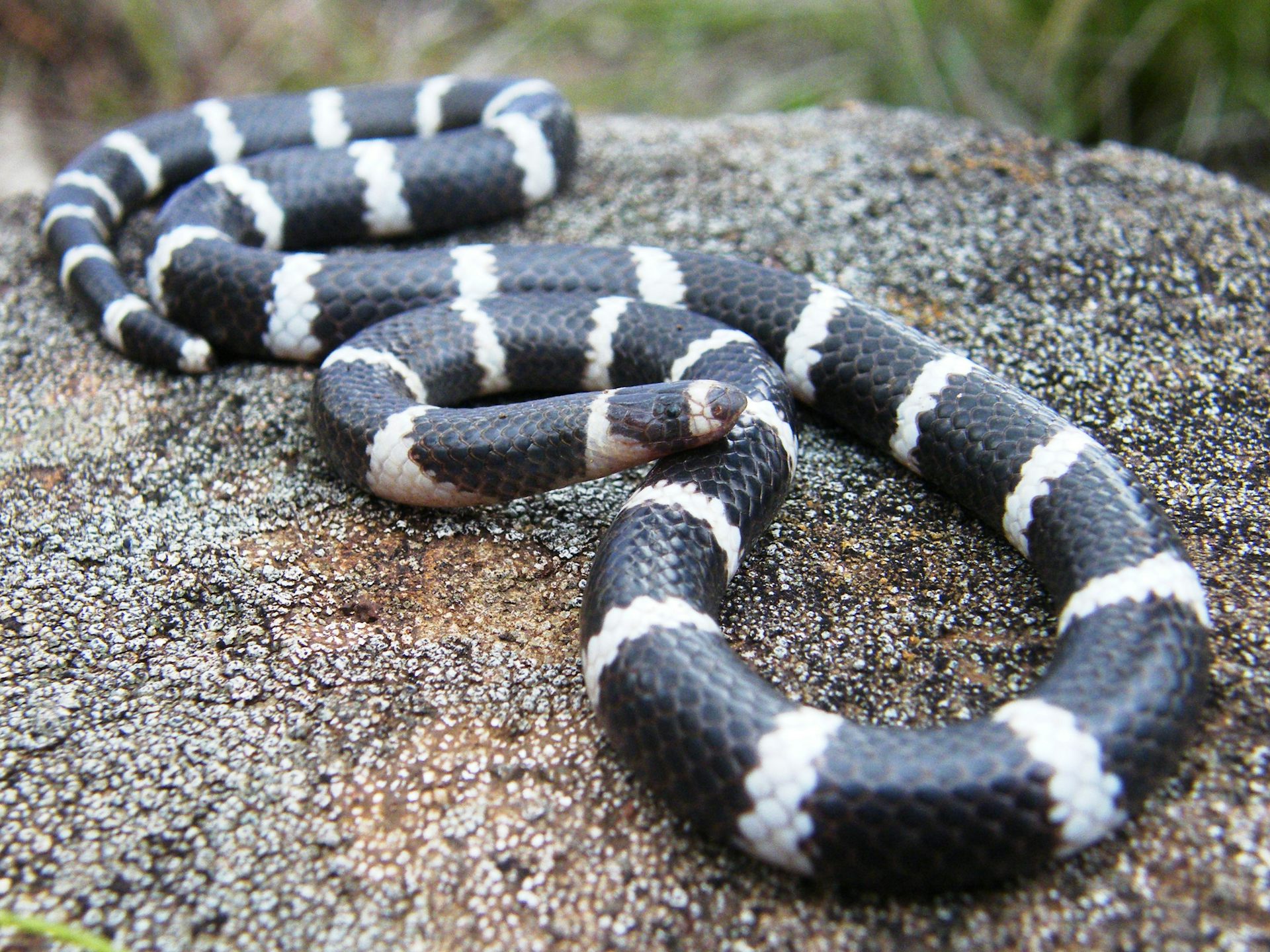Introduction
Tiger snakes (Notechis scutatus) are among one of the most interesting yet been afraid reptiles discovered in Australia. With their striking look and powerful poison, these snakes evoke a blend of wonder and caution. Observing tiger snakes in their natural environment can be an exhilarating experience for nature fanatics, wild animals professional photographers, and researchers alike. However, it's essential to approach this endeavor with respect for snakes in australia the animal's habitat and an understanding of precaution to stop serpent bites.
In this comprehensive guide, we'll explore how to securely observe tiger snakes in their natural environment. We will cover subjects ranging from understanding their actions and environments to emergency treatment for serpent bites-- outfitting you with knowledge to enhance your experience while lessening threats.
What is a Tiger Snake?
Tiger serpents are extremely poisonous snakes belonging to Australia, specifically Tasmania and coastal areas. They are understood for their unique grouped coloration appearing like a tiger's red stripes, which can range from yellowish-brown to dark brownish or even black.
Physical Characteristics
Tiger serpents are medium to large-sized snakes that can mature to 2 meters long. Their bodies are robust, and they have a broad head that is clearly larger than their necks.
Habitat Preferences of Tiger Snakes
These reptiles normally occupy marshes, estuaries, and seaside regions but can likewise be found near freshwater resources like rivers and lakes. Recognizing where these serpents live is essential for anyone looking to observe them safely.
Understanding Tiger Snake Behavior
Are Tiger Snakes Venomous?
Yes, tiger serpents are among the most venomous serpent varieties worldwide. Their venom has neurotoxins that can lead to severe medical problems if bitten.
Behavioral Traits
Tiger snakes are generally timid creatures; they choose to stay clear of human communication. Nonetheless, they can come to be aggressive if threatened or collared.
Where Can You Find Tiger Snakes?
Tiger Serpent Habitat Exploration
To safely observe tiger snakes in their natural environment, it's necessary first to recognize where they grow. They have a tendency to favor:
- Coastal marshlands Mangroves Swamps Riverbanks
Best Places for Observation
Some advised places consist of:
- Tasmanian wetlands The coastlines of southerly Australia National parks with water bodies
Safety Precautions Prior to Observing Tiger Snakes
Understanding the Risks of a Tiger Serpent Bite
Although encounters with tiger serpents can be thrilling, knowing the risks involved is extremely important:

First Help for Snake Bites: What You Need to Know
Knowing what steps to take if bitten can conserve your life or somebody else's:
- Stay tranquility; motion increases poison spread. Call for clinical help immediately. Do not use ice or attempt suctioning.
How to Safely Observe Tiger Snakes in Their All-natural Habitat
When you determine to observe tiger snakes in the wild:
Dress Appropriately: Wear long trousers and durable boots. Use Binoculars: Maintain a safe range while observing these reptiles. Avoid Sudden Movements: Quick movements might startle them. Stay on Developed Trails: Prevent wandering into thick underbrush where presence is low.Equipment Required for Observation
Essential Gear Checklist
- Binoculars First-aid set specifically designed for snake bites Field guidebook on Australian reptiles Camera (with zoom capability)
Snake Bite Emergency treatment Kit Essentials
A well-appointed emergency treatment package must include:|Thing|Function|| -------------------------------|-------------------------------|| Compression plaster|To debilitate the afflicted location|| Antihistamines|For allergic reactions|| Emergency situation call numbers|Quick gain access to throughout emergencies|
Interpreting Tiger Snake Signals
Understanding how tiger serpents communicate through body language aids onlookers evaluate when it's safe or dangerous:
Common Behaviors
Defensive posture: If coiled or elevated off the ground. Retreating actions: When they gradually retreat from prospective threats.Dealing With Possible Encounters
Even with safety measures taken, an experience might still occur throughout your observation trip:
Remain tranquility; panicking just heightens risks. Slowly retreat without turning your back on the snake. Make your visibility understood verbally yet avoid unexpected movements.Frequently Asked Inquiries About Tiger Snakes
1. What ought to I do if I see a tiger snake?
Remain calm; observe from a distance without disturbing it.
2. Are child tiger snakes dangerous?
Yes, adolescent tiger snakes are born venomous and may position risks similar to adults in spite of being smaller.
3. How usual are tiger serpent bites?
While incidents happen yearly in Australia, casualties are unusual as a result of punctual treatment availability.
4. Can I maintain a tiger snake as a pet?
Keeping wild tiger serpents as animals is unlawful in many regions due to conservation laws.
5. What does a tiger snake attack look like?
Bite marks generally reveal 2 puncture wounds in addition to local swelling and discoloration.
6. How effective is antivenom?
Antivenom treatment is extremely reliable when provided prompt after a bite.
Conclusion
Observing tiger serpents in their natural environment offers a thrilling chance for wildlife fans however have to be approached with caution and regard for both the creature and its environment. By arming on your own with knowledge regarding these fascinating reptiles-- including comprehending their behaviors and precaution-- you can take pleasure in remarkable experiences while considerably decreasing risks related to encounters.

In recap, always prioritize safety and security by preparing properly prior to embarking on any kind Is a King brown snake poisonous of wildlife monitoring expedition-- especially when taking care of several of nature's most poisonous creatures like the tiger snake!
